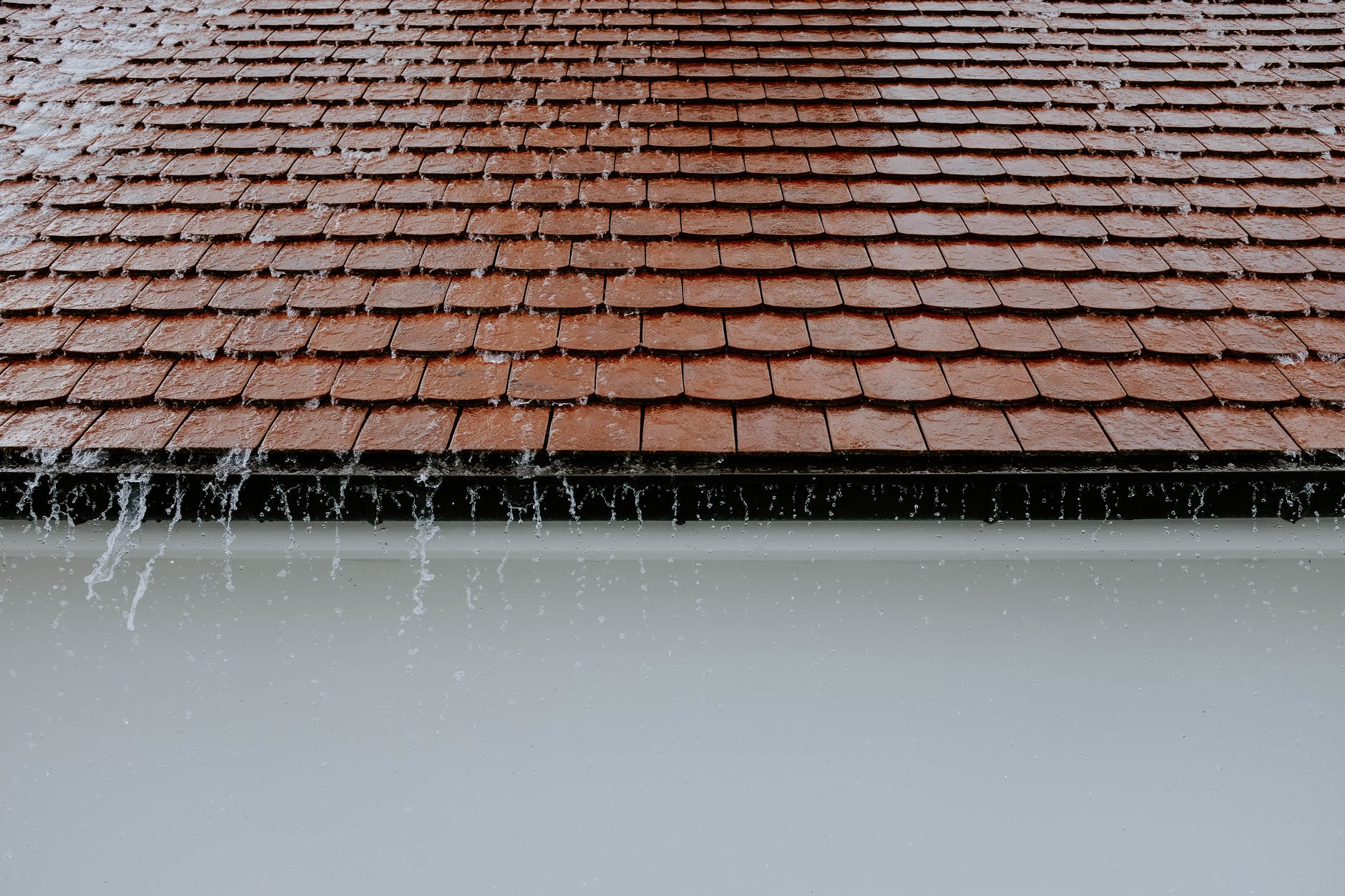Physical Address
304 North Cardinal St.
Dorchester Center, MA 02124
Physical Address
304 North Cardinal St.
Dorchester Center, MA 02124

Roof insulation aids in saving energy by minimising heat gain in the summer and heat loss in the winter. In new dwellings, it is suggested to use a mix of foil-faced roofing coverings and roofing batts while if you are residing in an older house, consider adding a layer of insulation material on top of the current batts. In addition, insulation is unique because it helps keep your home more pleasant throughout the year and might cut your electricity costs in half.
Many Australian dwellings are inadequately insulated or have no insulation at all. If your property fits into this category, you may be surprised at how excellent benefit insulation may make. Under-insulated dwellings are commonly unpleasant in the winters and overly hot in the summer. Even though the heaters or air conditioning work very hard, it might be not easy to warm or cool the home. This might result in high electrical costs.
Well-insulated homes can properly control temperatures, making them seem more pleasant even in the height of summer and the depths of winter. Moreover, roof insulation prevents heat from escaping when you switch on your heaters in the winter, making your house save electricity consumption.
Insulation is defined as any substance that inhibits the transfer of heat. Heat will commonly migrate from warmer to colder locations until the temperatures are equivalent, wherein insulation slows heat movement and helps manage temperatures within your house. Bulk insulators and reflecting foil insulators are the two primary forms of insulation. Each category is explained in detail below.
Bulk insulation, such as glass wool batts and polyester, has millions of tiny air spaces. Such air pockets disrupt the heat route, slowing the rate of heat loss or uptake.
Reflective insulation is created by applying a thin coating of reflectors to one or even both surfaces, which makes radiation warmth reflect away from the surface of this reflecting layer. This includes decreasing heat absorption in the summertime by reflecting solar heat away from the house. Reflective insulation will also aid in the winter by reflecting heat radiation from within your home, preventing heat loss.
Batt blanket insulating is the most widespread kind of roof and attic insulation. Although mineral wool insulation batts are returning, these rolls are often constructed of fibreglass and are among the most affordable insulators. Roof insulation batts come in a multitude of dimensions and are convenient to carry. It is also suitable for do-it-yourself projects.
The optimum time to add insulation is during the construction or remodelling period when the various parts of the property are easily accessible. On the other hand, roof and ceiling insulation may typically be put at any time, as long as you have secure access to the roof area. If you’ve seen any of the symptoms listed, it’s sure to upgrade roof insulation:
Insulation has been shown time and again to significantly decrease a home’s resource utilisation. It is a sensible investment that may increase convenience while also lowering energy use. There are different forms of insulation, and most of them are very similar, while there are some noticeable changes across brands. Roof insulation costs are often recouped in energy savings within a few days. Moreover, roof insulation will allow you to live pleasantly throughout the year, whether you live in a tropical or cold temperature location.